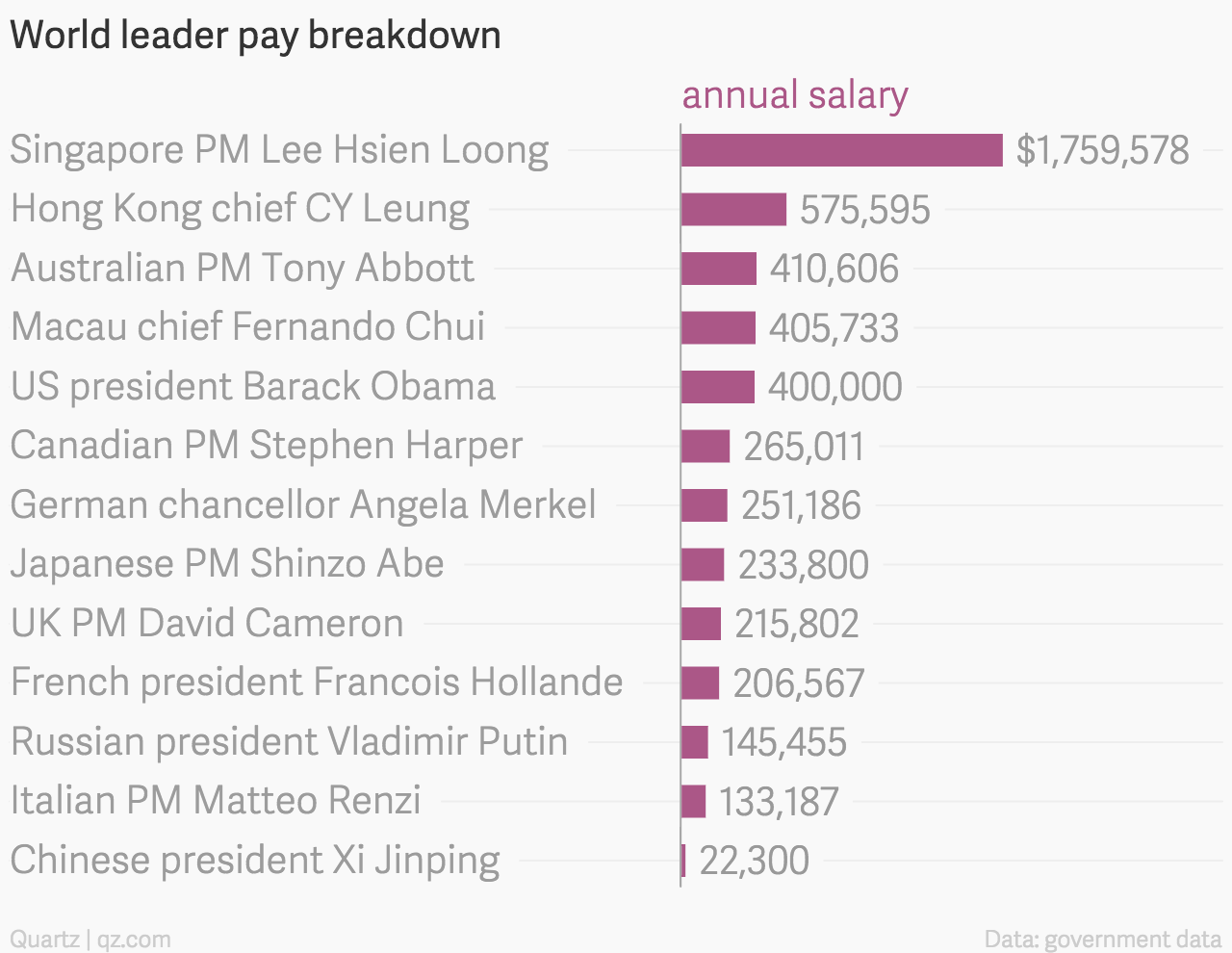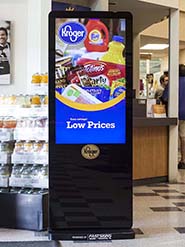5 principles of kaizen: Management Basics: The 5 Principles of the Kaizen Philosophy
Содержание
As given in individual-oriented Kaizen, the involvement of employees is an important part of the industry. The suggestion scheme helps in increasing the contribution of the employees. The various suggestions given by the employees should be taken and the employees should also be given. A problem can be identified with the help various techniques such as quality system’s audits, customer complaint analysis, cost of quality studies, bench-marking. Departmental purpose analysis and customer and employee surveys.
The waste will be less if the work is done correctly in the first time and the profit will also increase if the waste is reduced. Establishing customer’s satisfaction by making the job more satisfying and also ensuring safety. Creating a team for making the workplace better to work in. → This was influenced in part by American business and management teachers who visited the country.
- We can explain Kaizen as a principle of continuous productivity and quality improvements that never stop.
- Kaizen methodology includes making changes and monitoring results, then adjusting.
- The plans from workers, managers, suppliers and customers will result in new, improved and simple methods of doing the work.
- According to the Kaizen principle, a series of small improvements that are implemented over a longer period of time will lead to an impactful quality improvement of the business To suffer.
- Kaizen is a culmination of two words, “kai,” which translates to change, and “zen,” which translates to “good.” Therefore, the literal translation of kaizen is to change for the good.
The 5Ses focus on creating visual order, organization, cleanliness and standardization to improve profitability, efficiency, service and safety. Below are the original Japanese 5Ses and their common English translations. Perhaps a meeting with the board of directors and a good negotiation with the workers’ union are needed to improve the company’s productivity in the example mentioned. Having everyone on board with suggestions for continuous improvement, the job becomes simplified, and job responsibilities get clearer among the employees.
This can be done through a company audit combined with other methods like surveys, focus groups, or data analysis. In that context, Kaizen and digital transformation may seem incompatible at first. Originally, Kaizen was rooted in manufacturing — so it focused on small, incremental changes that added up to make actionable and meaningful improvements over time checkout https://www.mobile-home-buyers.com/new-york/sell-my-mobile-home-putnam-valley-ny/.
It takes a long-term commitment of consistently doing incremental changes in daily operations to maximize the benefits of kaizen and create astandard quality of work. Improved quality, productivity, and safety through kaizen management in the workplace results in increased employee morale, customer satisfaction, and company revenue. Taking advantage of smart technology can help organizations easily manage day-to-day continuous improvement efforts and consistently solve problems with cost-efficient solutions. There are five principles that kaizen follows, including Know your customer, Let it flow, Go to Gemba, Empower people, and Be transparent.
If you get fixated on a certain idea,start by asking yourself what would happen if you believed or did the opposite? Perform a mental exercise of defending the opposite belief or position. Much like society has fixed ideas about how things should be done and it’s our job to challenge them, in the same way, we, as individuals, have fixed ideas that we always have to challenge. Everything that currently exists and is known as best practice can be improved if you try hard enough. It’s very easy to justify and rationalize “best practice” pressure from the environment, and it’s really hard to be a misfit who wants to do it differently.
Advantages of Kaizen
Well, this idea is one of the main focuses of Kaizen, a Japanese strategy that is useful in improving productivity in both professional and personal life. It’s a systematic approach to implementing small changes that collectively result in dramatic improvements, without the need for large initial investments. The idea is to keep improving day-to-day at every step of the process. Kaizen means making small improvements throughout the day, every day. Get rid of things you don’t use anymore and unclutter your work area.

In the end, even 1 % improvement is fine, as long as you keep going. And there’s another important factor in that environments are constantly changing for the better with new technologies, new processes etc. There’s no such thing as practice, and there’s no such thing as being on the top. You should strive for nothing else but constant improvement all the way to your last breath. It’s more probable that you will get to 100 % if you first aim at 50 % and then adjust based on feedback, than if you aim at 100 % with broad and overly-complex solutions. Simplicity is always better than complexity.Implementing change is hard, and implementing complex change is even harder, if not close to impossible.
Kaizen in Action
This will be checked using data, and analysis will follow. Based on the results of the check stage, the created teams will once again meet and discuss the outcomes, and they will act on the plan, and the cycle is once again repeated. In the 1980s, the Japanese car manufacturing company, Toyota, started implementing quality control that was different from the normal standards of the production lines. The workers and employees were trusted to develop solutions to their production line problems.
Try separating these two items from your workspace by placing them on a separate shelf from the rest of your desk. By making a good https://1investing.in/ing point, you are able to clearly see what you have and what you need and communication will become easier. The five senses can be very important to effective communication. When we have too many distractions, we often can’t accurately remember what the other person has said. Many corporations start developing their own improvement strategies based on KAIZEN™, seeking to gain sustainable improvements and a competitive advantage within their markets.
Here are 5 principles of kaizen guide questions you can begin with that show clearly how the Kaizen activities are performed and the process works. Leaders will boost their morale and confidence by encouraging workers to add value to the organization through their suggestions and contribution. Necessary documents should be kept in proper folders and files.
A short history of the Kaizen approach
Most businesses experience failure at different levels and for different reasons. With the Kaizen program and methods, an organization can rise above these failures and become more productive in its activities. If you don’t find fun in changing yourself and improving your organization, Kaizen is nothing but struggle and hard work, which nobody wants. With a positive approach, pride in the improvements you’ve made and the ability to see everything as a challenge, Kaizen can be fun.
They are basically related to the assumption that every employee can work in an intelligent manner and help in the advancement process. Different parts need certain considerations as they use different management and personal skills. The small changes done are simpler to follow than overall changes as the employees can easily follow small changes. The The small changes will show in what manner the real outcome gets rear affected from small advancements. Hi I like your content, but can you help me to make strategy roadmap of excellence, step of making Strategy roadmap?
Kaizen focuses on continuous small improvements and thus gives immediate results. By doing so, you will increase your capacity and stamina for more complex change. Small progress can always lead to bigger progress, but in the beginning, forget about the big steps and start small. There are, more or less, two ways of finding ideas for positive change. You can use money to hire people, and invest in new technologies etc. or you can use your own creativity. If your mind feels trapped, and you have no idea what your next step might be, and all you can see are excuses, then you must first start by un-sticking your mind.

See how ProjectManager.com can improve your project management today by taking this free 30-day trial. The principles are the guiding lights, the action plan is where kaizen hits the road running. It’s all about organizing, so that the focus is always on improvement and its target are every part of the organization. A consistent application of the kaizen action plan leads to continuous improvements. One method is to focus on a concept called Kaizen, which is a Japanese productivity philosophy that translates to “good change.” With this method, you focus on continuous improvement in your life.
Kaizen Vs Six Sigma Kaizen
The five principles of kaizen are fundamental to any application of kaizen. That feels like a good place to start on our quest towards improvement. Each incremental change can be equally as simple, but in the long run, the small changes will add up to a positive life change. The hurdle of taking the first step is so low that even people with the least amount of motivation can find success early on. However, these are not measurable goals, so they likely feel overwhelming, which can easily set someone up for failure.
With ProjectManager.com, the kanban boards are even more useful, as they can be assigned to specific team members or a whole group. Then, because the software is online, as teams update their status that information is instantly reflected across the software. You can use these methods to implement kaizen in a stress-free environment, even if feel overwhelmed on a daily basis. Here are two ways to build and implement kaizen in your own life.
Not all management is supportive of change, just as not all employees are eager to instill change or suggest improvements in the company’s work process. The Kaizen 5S methodology has been extremely popular lately. This results in reduced waste, improved communication and increased efficiency. It is most often used in lean manufacturing, but the 5S process is applicable to any work environment, making it a useful tool for managers in any type of industry.
Taiichi Ohno was vital in spreading philosophy worldwide along with his friend. As a result, today, organizations across industries implement the philosophy as a daily practice. This philosophy or process believes in a zero-waste environment where no unnecessary time, energy, or movement is made. A problem is identified and met with solutions involving everybody in the organization, including suppliers and customers.
